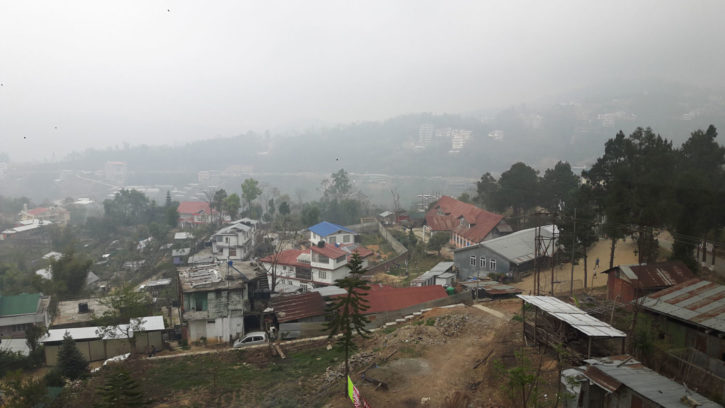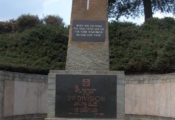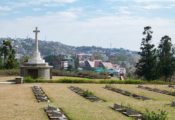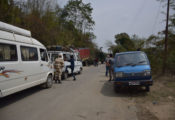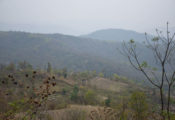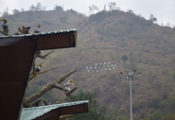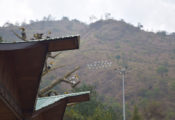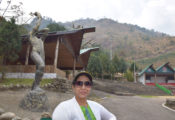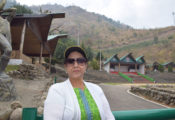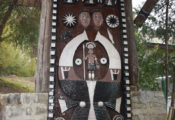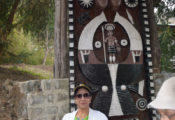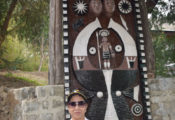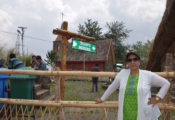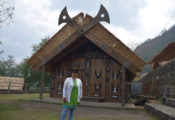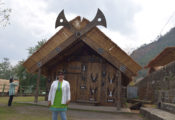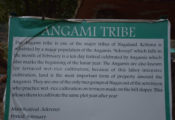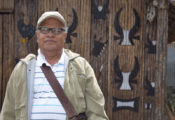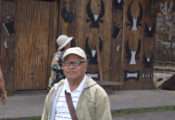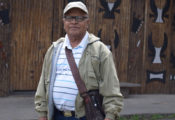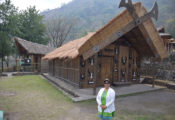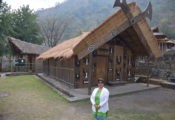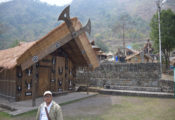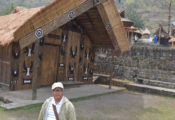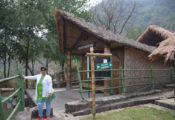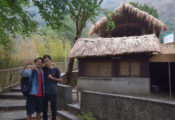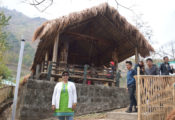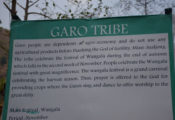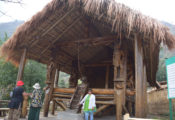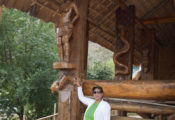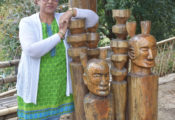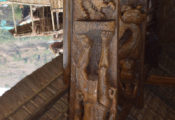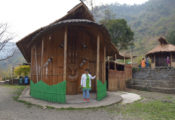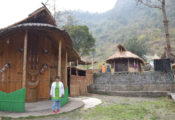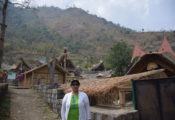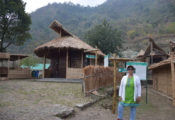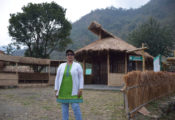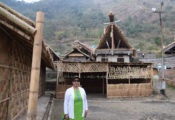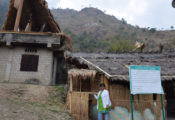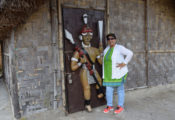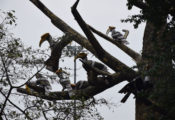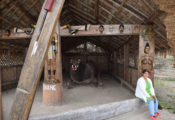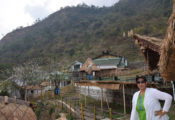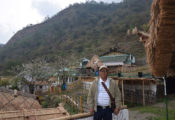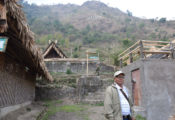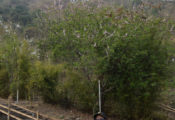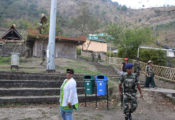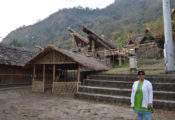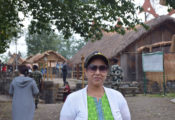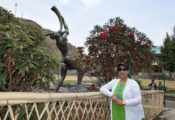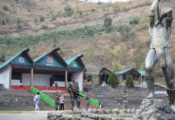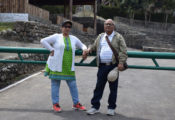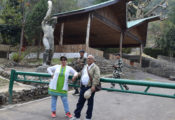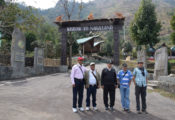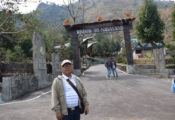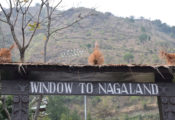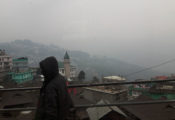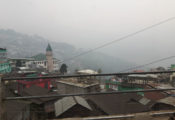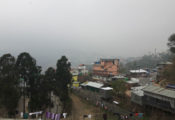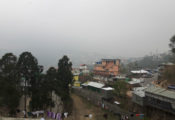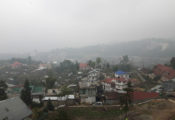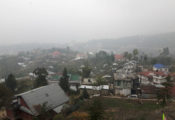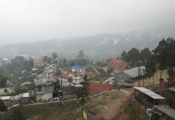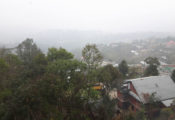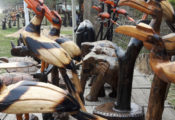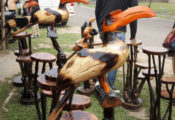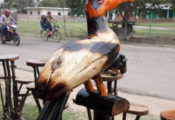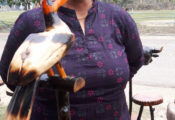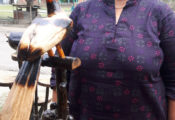25-03-2017
Originally known as Kewhira, Kohima was founded in 1878 when the British Empire established its headquarters of the then Naga Hills. It officially became the capital after the state of Nagaland was inaugurated in 1963. Kohima was the site of one of the bloodiest battles of World War II.Kohima is situated in the north eastern region of India. Capital of Nagaland, Kohima’s leisurely pace of life attracts travellers who want to get away from the hurly burly of city life.The original inhabitants of the place are the AngamiNagas and RengmaNagas. But in recent times, people from other regions and states have also settled here. The region consists of 16 principal tribes who form the Naga Tribes. They have linguistic and dialectal variations. This enchanting state with natural beauty and ethnic diversity is ruled by the warriors of the Naga tribes.
The town is named after a wild flowering plant called Kewhi, found in the mountains. Kohima was earlier known as Thigoma.
The British invaded Naga territory in the 1840s, but had to face stiff opposition from the freedom-loving Nagas. It took the British nearly four decades to conquer a territory less than 10,000 sq km. Kohima became the first headquarters of Naga Hills District in 1879. When Nagaland was declared a full-fledged state on December 1, 1963, Kohima became the state capital.
The British developed Kohima as a watch post for the eastern region. The town has been witness to the bloody World War II battles between the Allies and Japan. The Commonwealth War Cemetery is dedicated to 10,000 Allied soldiers who lost their lives during the Japanese invasion during World War II.The Battle of Kohima lasted for nearly three months and the brave soldiers fighting for the Allied forces did an admirable task of blocking the Japanese invasion at the border of India. Allies suffered casualties to 17,857 British and Indian troops. Before leaving Kohima the British built this memorial in memory of their fallen comrades with the famous lines written on the entrance: ‘When you go home, tell them of us, and say: ‘For your tomorrow, we gave our today.’
Kisama – The Heritage Village of Kohima
The Heritage Village is designed in a traditional fashion to keep the Naga Village alive. Nagas lived in tribes and villages during their head hunting days and showed exceptional bonding values within one village or tribe. The Nagas lived in group and hunted in groups for the simple reason of survival. Some scholars have compared the administration of the Nagas to the autonomous Greek villages. Their only form of learning in an education deprived era (no written script, or proper form of education) was the Morung where they would come together and learn different kinds of skills, even head hunting. The Morung is like a modern coffee house, a place to discern and learn from one another. Each village has separate Morung’s for men and women.
Kisama is 12km from Kohima on the National Highway number 39. The gentle slope at the base of a steep mountain peak is the venue for the famed Hornbill Festival.
The Heritage Villages is designed in the form of an ancient Naga village to give an authentic feel of a true Naga village and the experience of traveling back in time.
After converting into Christians, Nagas have abandoned most of their tribal culture and traditions. It is only recently that they are trying to revive their past.
The Hornbill festival was first initiated by the State Government. The festival has grown extremely in the span of a decade. Today the Hornbill Festival is one of the fastest growing festivals in India and attracts foreigners as well as Indians. It is now organized by the State Tourism and Art and Culture Departments every year from December 1 to December 7.

